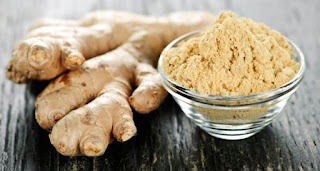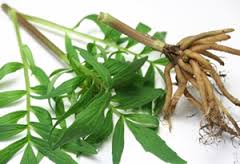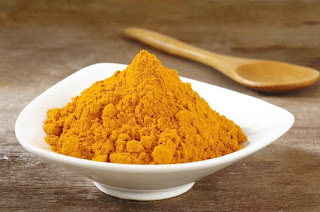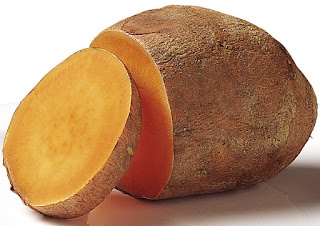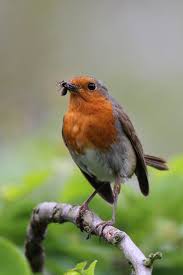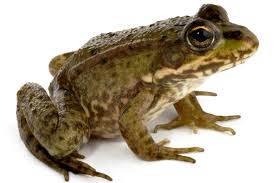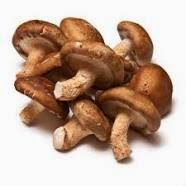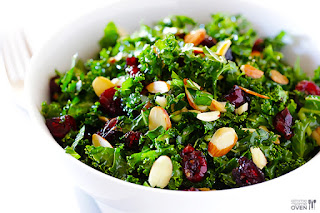Also known as Adrak, Gin, Khing, Jeung and Shoga, ginger is known as a stomach-upset and nausea remedy. However, studies have shown that its volatile oils have anti-inflammatory properties akin to non-steroidal anti-inflammatory drugs (and if I have to use that phrase again, it will be shortened to NSAIDs. You have been warned).
Ginger is probably the most widely available and used herbal remedy in the world, and is used daily as a food and medicine. It has played a part in Asian medicine for 2500 years, and in Indian and Persian medicine it was a treatment for arthritis.
It has been used to treat allergies and asthma, arthritis, bursitis, fibrocystic breasts and lymphedema, as well as pain. Ginger also retards the production of cholesterol by the liver. Research has found that compounds in ginger decrease the activity of PAF (platelet-activating factor), that can contribute to the risk of heart attack.
Ginger has been an age-old remedy for morning sickness, and has been found to be more affective than some over-the-counter remedies for motion sickness. It also eases the nausea caused by some chemotherapies.
The herb has been used for treating colds, flu and strep throat, and contains a chemical called zingibain that dissolves parasites and their eggs.
Ginger is best fresh, and obtained from young roots, which have a thinner purple-to-pink skin that doesn't need peeling. The more readily available roots you might pick up in a supermarket need to be peeled carefully, as the best of the resins and volatile oils in ginger are near or in the skin. You can try scraping it with a spoon, rather than peeling it with a knife or veg peeler.
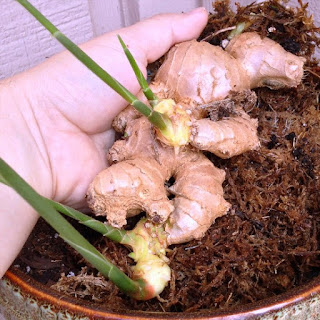 Ginger also makes a warming tea, which you can make by peeling and chopping about two inches of root, pouring a cupful of boiling water over it and then leaving it to steep for about 8 minutes. I suggest you put it in a tea pot or something, before you pour the boiling water on, or it could get messy.
Ginger also makes a warming tea, which you can make by peeling and chopping about two inches of root, pouring a cupful of boiling water over it and then leaving it to steep for about 8 minutes. I suggest you put it in a tea pot or something, before you pour the boiling water on, or it could get messy.You can grow ginger in a container, having selected a piece of (shop-bought) rhizome with a little green root bud. I have read a tip that you should suspend the piece over water, using cocktail sticks, until the root forms, but as I've never grown ginger, I can't tell you if it is a useful tip. I can tell you, however, that though ginger likes its environment moist, you can over-water it. It doesn't like direct sunlight, but rather, light shade. And, if you get frosts etc where you live, you will need to bring it indoors in the winter. You can harvest the root when it's one year old.
Be advised, it is a perennial (providing the cold doesn't get it and you don't over-water it). It does bear flowers and grows like a reed, up to nine feet tall. Just saying, that's all.
And before you go, please also note, if you suffer from gallstones, consult your doctor before using ginger. Ginger should also not be used 2 weeks before any surgery. Daily consumption of ginger can interfere with the absorption of iron and fat soluble vitamins.
My thanks to Phyllis Balch's Herbal Healing, Jekka McVicar's Complete Herb Book, James Wong's Grow Your Own Drugs and Neal's Yard's Healing Food, and the A-Z Challenge for giving me the impetus to read them at last..
